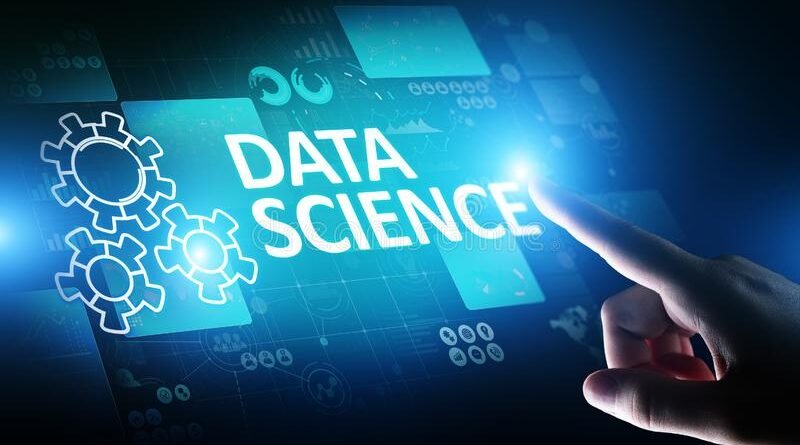Ways to Answer an Interview question on “What is Data Science?”
Experienced data scientists are able to distinguish between what is data science and its differences with data management techniques that establish the future prospects of any emerging technology. If you are applying for a job, the very first question in the interview would be “what is data science?â€, and believe me or not, only 1 out of 20 candidates are actually able to provide a contextual explanation to answer this highly influential question.
Let’s understand why you should be able to understand data science from a professional level, and how interviews are planned around this question.
Question 1: Straightforward: Define Data Science
This is the easiest question you will get, and yet many candidates fumble at it because the techniques are too many and applications are equally inviting. You can approach this question in three practical ways:
- Try to define data science using its applications
- Defining it as a job title based on what data analysts and scientists actually do
- Bringing other techniques such as Analytics and data management into the picture
If you bring applications to the center of your answer, you have chances of getting mixed up between Data Science and Database management, which invariably puts you at risk of identifying all other relationship based questions that IT professionals have to deal with. A common example is what is RDBMS?
It’s best to approach this question by virtue of what is a data scientist and what (s)he does. According to a market research firm, a data scientist is a highly trained organizational role that enables a business with key decision making insights using analytics and data modeling skills required to extract meaningful and relevant information from a dataset.
Question 2: What are the various foundational course of data science: understanding Data Science
Data science is a highly advanced specialization meant for professionals willing to work in data driven projects. A majority of such projects employ specialists experienced in the field of Mathematics, Statistics, Computer applications and software development, Data management, Server management / storage, AI and machine learning, deep learning, analytics, business intelligence, and various other technologies. In the last 4-5 years, data science has risen as a top job marketplace, and millions are inspired to get trained in the various technologies that form the foundation of data science, AI, and machine learning.
Question 3: Can you tell us how data science applies to structured data and unstructured data?
This is practically the foundation of any high profile interview that tests the reasoning abilities of the candidates applying for data analyst and big data engineering roles.
Structured data is the pre-defined labeled information arranged and organized in a predefined schema format. The tabular data format is the most popular assortment in structured data modeling, and a majority of trained data analysts are able to verify the suitability of such data type for their various projects. SEO Analytics, sales forecasting tools, and advanced financial information are all classified as part of structured data types. Now, let’s try to define the tougher part of the question – Unstructured data.
Unstructured data is unlabeled information that may not be implied directly but still proves to be useful if data analysts are able to use some technique and find patterns to interpret the meaning of the information. These involve the use of data mining, Natural language processing or NLP, text analytics, and so on, all of which are developed to transform unstructured data into either semi-structured or fully structured data types.
In either case, you can only distinguish between applications involved with structured data and unstructured data modeling if you are well versed with the truest definition of what is data science.
Data Science is Analytics Coming Alive
From extraction to governance, data science is everything that is in between.
Understand the relationship between data, analytics, and visualization – the crux of this interview structuring for analysts and scientists roles. In order to report analytics and visualize it on a dashboard, a data engineer has to be familiar with all the adjoining and relevant data management and analysis techniques that would help businesses process and improve data operations in an effective manner.




